Many dackets face the problem of transplanting adult trees. Or the tree was not planted there, or seriously prevents its buildings around him. If you don't want to lose the plant, it is worth a transplant, but for this you need to know some rules.
How to transplant a tree
Trees can be transplanted at any time of the year and at any age, but it is better to do it when they are very young. But if it happened that the tree is already big, and it is necessary to transplant it, there will be no problems with this, it is only important to take into account all the factors that will affect the success of the operation.
Types of transplant trees
There are several approaches to the transplant of adult trees. The most common is a transshipment, that is, the seizure of the plant along with the earthen room. This allows you to move a tree with minimal damage to the root system, without causing it much harm.
An even better way is to transferee with preliminary preparation. In this case, the tree year prepare for moving, stimulating the formation of additional roots. In this case, the plant is better leaving in a new place.
If the tree has too large roots, it is removed from the soil without an earthen coma. The method is quite complex because it requires the preservation of moisture on the root surface, as well as accuracy in the work.
How to translate a tree
First of all, it is necessary to evaluate the amount of work: when you can transplant the plant, what sizes, how old is the tree. The complexity consists in hiding roots under the ground, so it is not always easy to assess how big diameter they have. To make a tree well, such rules should be taken into account:
- the plant is best forbidden if the spring is transplanted;
- cultural trees withstand a transplant under the age of 25 (if the variety is early fruit, then this period is still shorter);
- the plant should be healthy, not to have visible defects, hollow.
If you need to transplant, you need a young fruit tree, it is better to choose a transshipment. To do this, determine the diameter of the extracted coma (for plants for 7-10 years it is 1-1.25 m, for 10-15 years - 1.3-1.5 m, and for older - before 2 m), as well as its depth (recommended - 60-70 cm). If the roots of large sizes are detected, rather assured earlier, they should be carefully removed (at the same time, the large roots surface surface should be processed for a better healing).
Next, the com with a tree we are cutting off from all sides by boards and fix it with wire, in order to prevent its shape when removing it. The educated design is neatly attached to the tractor or truck and slowly pull out from the ground, removing the remaining roots from below.
Transportation and landing of trees
After extracting from the Earth, a tree with an earthen room is transported to a new place for landing. For this, all his branches are associated, and the tree itself is placed in the body of the truck horizontally, komom to the cabin. If there is a risk of damage to the tree or body, it is better to wind it with a chore or tarpaulter.
If the tree is transported for small distances, and its dimensions are small, you can put it vertically. Having arrived at the landing site, the plant needs to be immersed immediately into the pit, using a crane or appliant means (winch, boards, etc.).
The pit makes a little big sizes than whom (20-50 cm) to put a tree into a good soil environment. Do not deepen the root neck - make sure that the landing depth was the same (for this, when disembarking, you can make a margin of paint or chalk at ground level). The space around the tree is filled with a specially selected soil and abundantly watered. So that the plant does not lose stability, it is fixed from all sides with ropes.
If a transferee is made with preliminary preparation, the spring around the tree is made in the trench, in which the soils fall asleep. For the year, new roots germinate in it, and the next spring tree digging, making a large trench. The presence of additional underground authorities will allow the plant to adapt faster.
When transplanting large plants, when there is no possibility to save an earthen com, you should remember the preservation of moisture. Therefore, the roots should be wrapped with wet moss, cloth and other means, to abundantly water and moisturize.
Care of transplanted adult tree
So that the tree does not lose moisture and nutrients, when landing or to it, it is necessary to shorten the main branches on 1/3. In this case, the wounds are processed by a garden boiler or oil. For greater efficiency, the stack across the area is covered with moss, cloth and other moisture-saving means. It is necessary to follow the flow of fluid, and with the onset of the summer to carry out feeding.
Remember that transplanted plants are less protected from pests, so in the first two years it is necessary to actively monitor the plant and carry out prevention and treatment in time. If the fruit trees bloomed in the year of transplant, the flowers should be removed so that the fruiting does not give an additional load on the rapid plants.
For transplanting large and valuable plants, it is better to use the services of professionals that have appropriate equipment. The tree transplanted so (the photo is given in the article) has great chances to survive. The convenience and advantages of this work can be seen on the video.


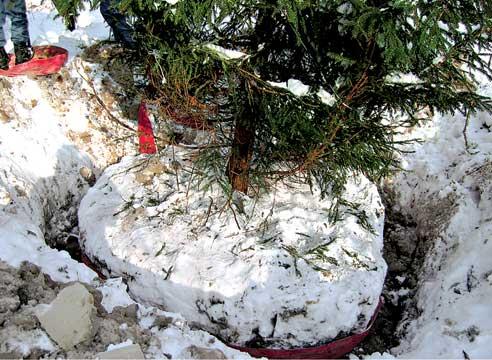
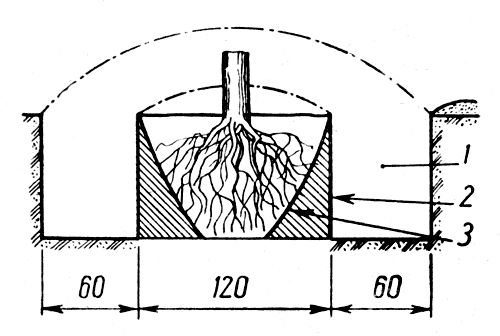
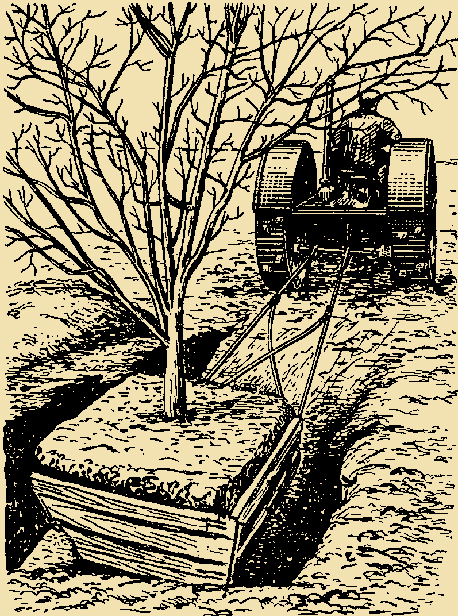
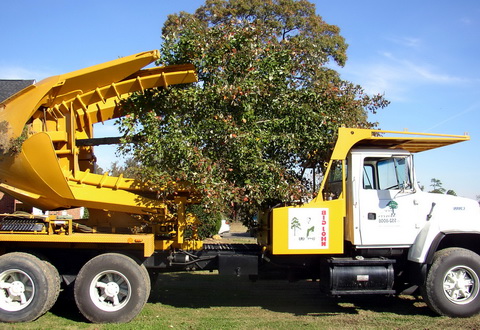
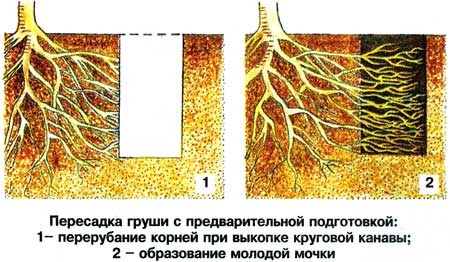












 Start a discussion ...
Start a discussion ...